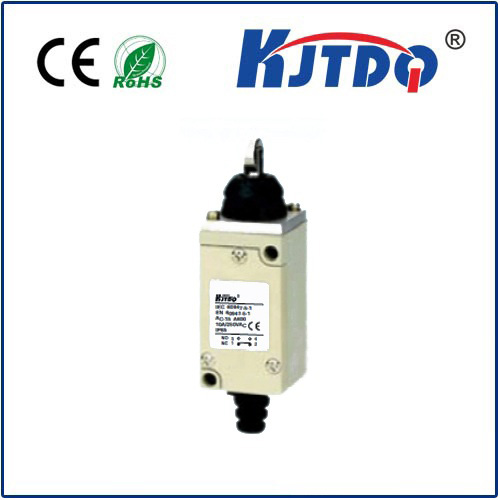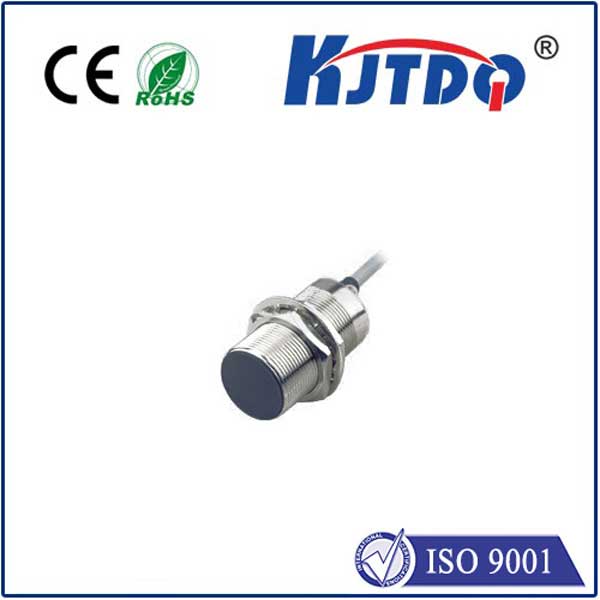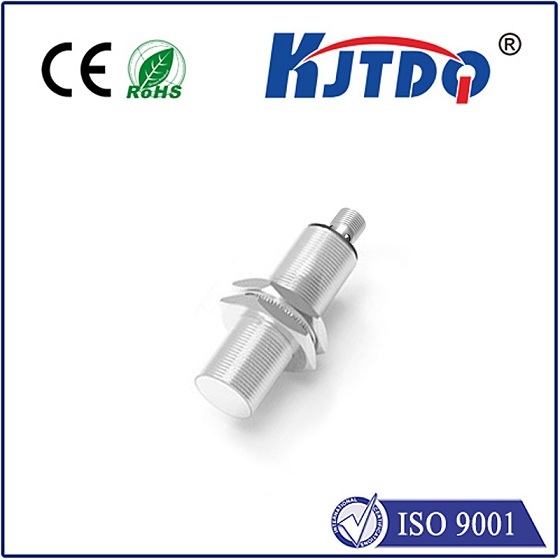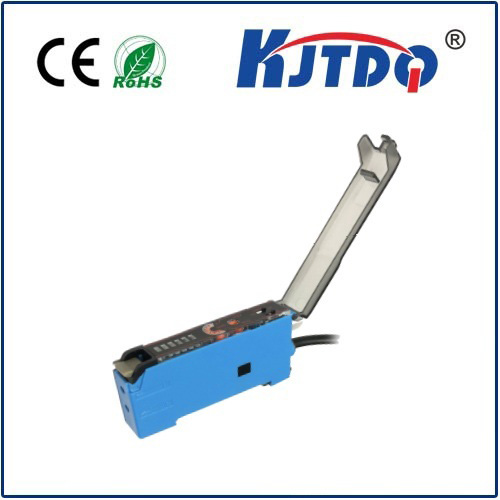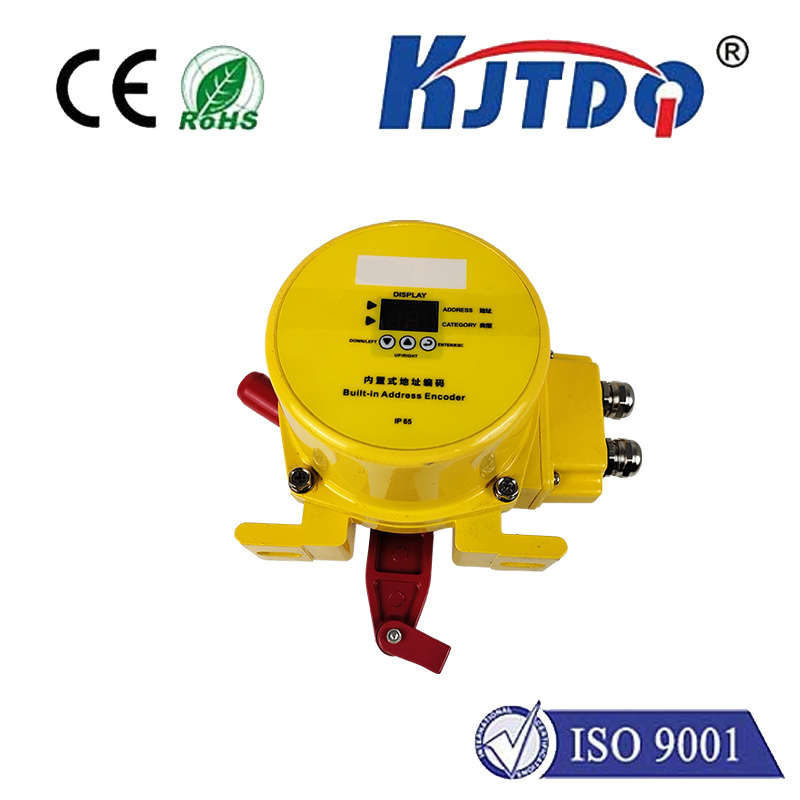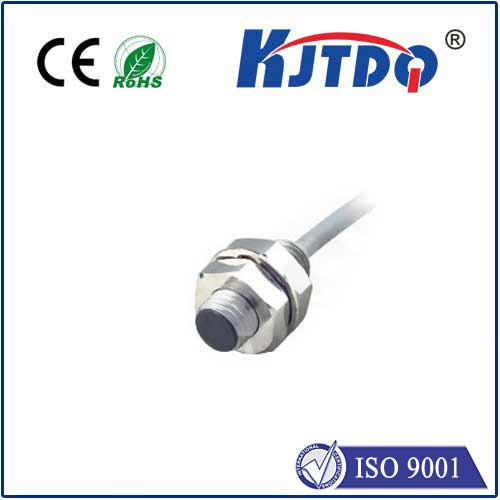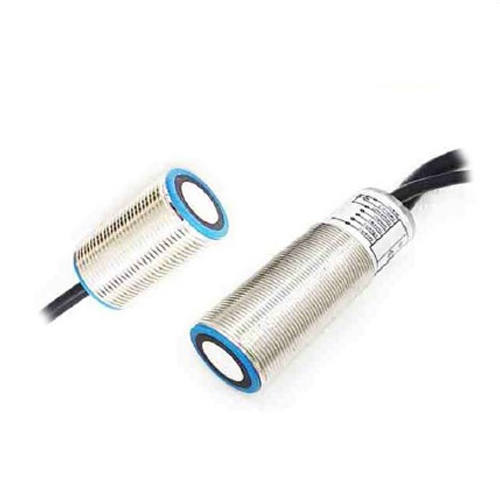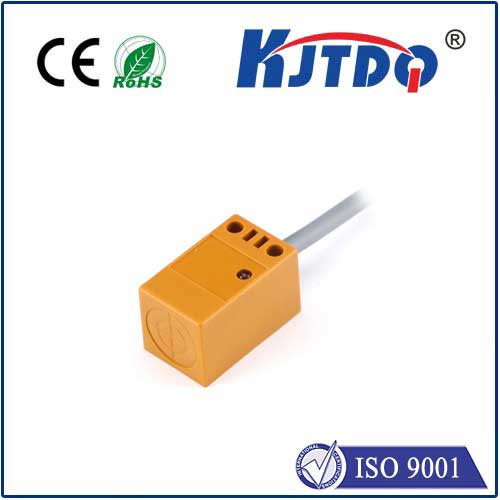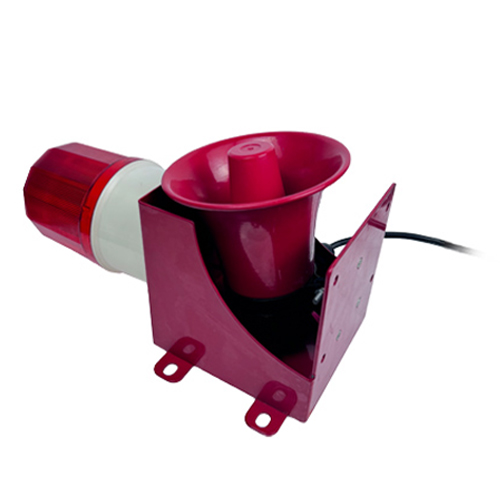

check

check

check

check

check

check

check

check

check

check
Title: The Power of Inductive Sensors in Modern Technology
Introduction to Inductive Sensors
Inductive sensors are a type of mechanical sensor that uses the principle of induction to detect and measuring changes in electrical conductivity. These sensors have been widely used in various industries, including automotive, aerospace, manufacturing, and electronics, due to their reliability, accuracy, and low maintenance requirements. In this article, we will explore the basics of inductive sensors, their applications, and how they contribute to modern technology.
Section 1: The Working Principle of Inductive Sensors
Inductive sensors consist of two main parts: the coil and the sensing element. The coil is a circular wire that produces an alternating current (AC) when it is switched on and off. When the sensing element is brought close to the coil, it experiences a change in electromagnetic field strength due to the induced voltage. This change in voltage is then translated into a corresponding electrical signal, which can be read and processed by a microcontroller or other electronic device.
Section 2: Applications of Inductive Sensors
Inductive sensors have numerous applications in different fields, such as positioning, monitoring, control, and feedback. Some common examples include:
* Positioning: Inductive sensors can be used in industrial robots for precise positioning and alignment of moving parts. They can also be used in GPS systems to determine the accurate position of satellites in orbit.
* Monitoring: Inductive sensors can be installed in machines and equipment to monitor their operating conditions and identify potential problems before they occur. For example, in HVAC systems, sensors can detect leaks or temperature variations in ductwork and alert technicians to repair them.
* Control: Inductive sensors can be used to control the speed, direction, or torque of motors or other actuators based on the sensed signal. This can improve the efficiency and performance of machinery and reduce energy consumption.
* Feedback: Inductive sensors can provide valuable feedback information to optimize processes or decision-making processes. For example, in quality control systems, sensors can measure the quantity and quality of products being produced and provide real-time data for supervisors to make informed decisions.
Section 3: Advantages of Inductive Sensors over Other Types of Sensors
Compared to other types of sensors such as pressure transducers, thermocouples, or optical sensors, inductive sensors offer several advantages:
* High Sensitivity: Inductive sensors have high sensitivity to changes in electrical conductivity, making them ideal for detecting small differences in parameters such as temperature,湿度, or magnetic field strength.
* High Accuracy: Thanks to their advanced design and manufacturing techniques, inductive sensors can achieve high accuracy levels even under harsh environmental conditions or with complex loads.
* Long Lifespan: Inductive sensors have a long lifespan due to their simple design and lack of mechanical components that can wear out over time. This reduces maintenance costs and downtime.
* Easy to Use and Install: Since inductive sensors do not require any specialized knowledge or training, they are easy to use and install in different applications without requiring any special tools or equipment.
